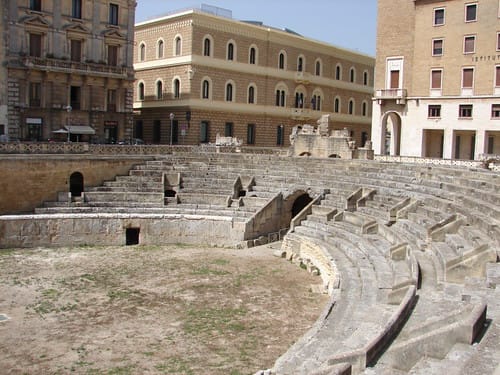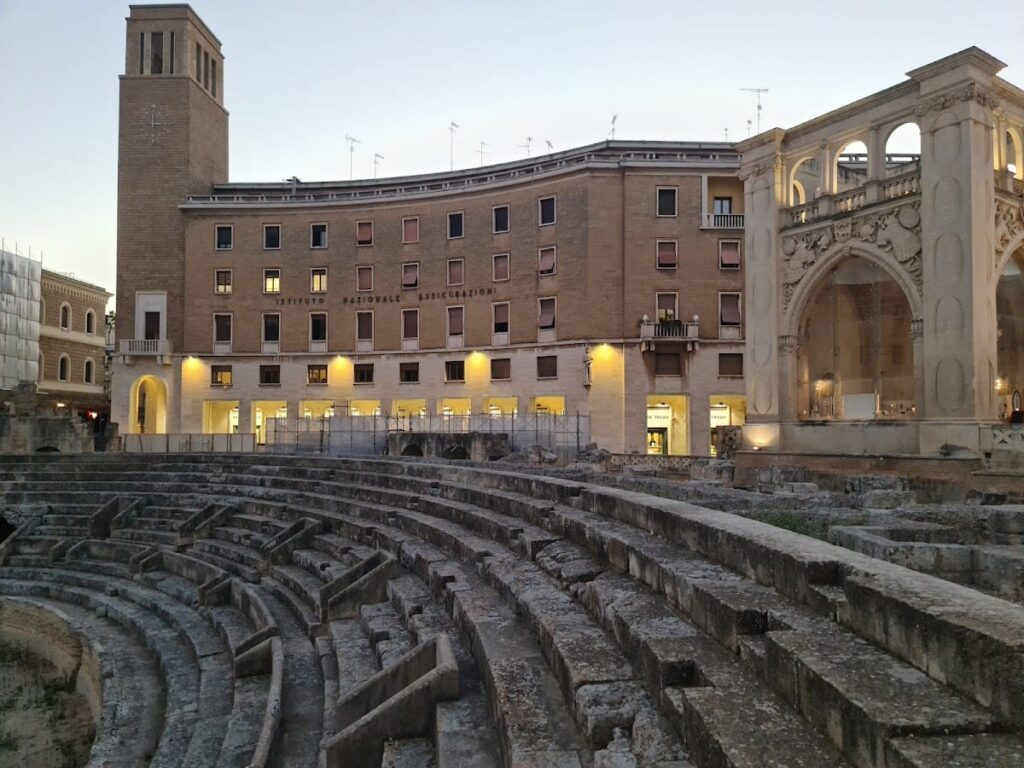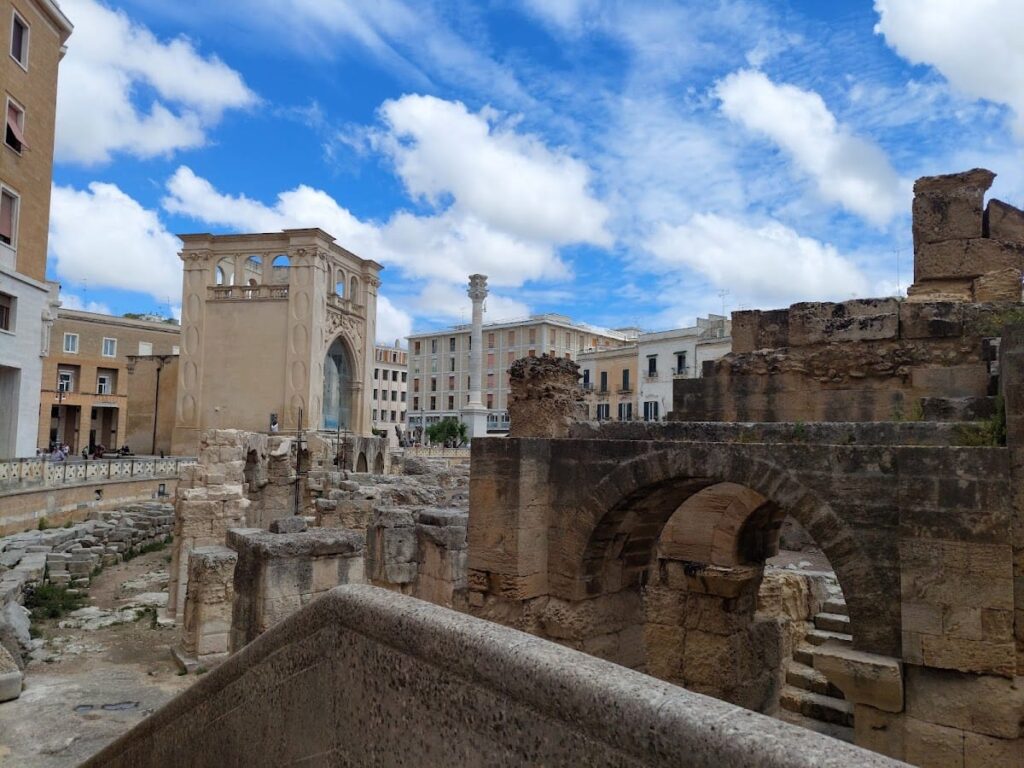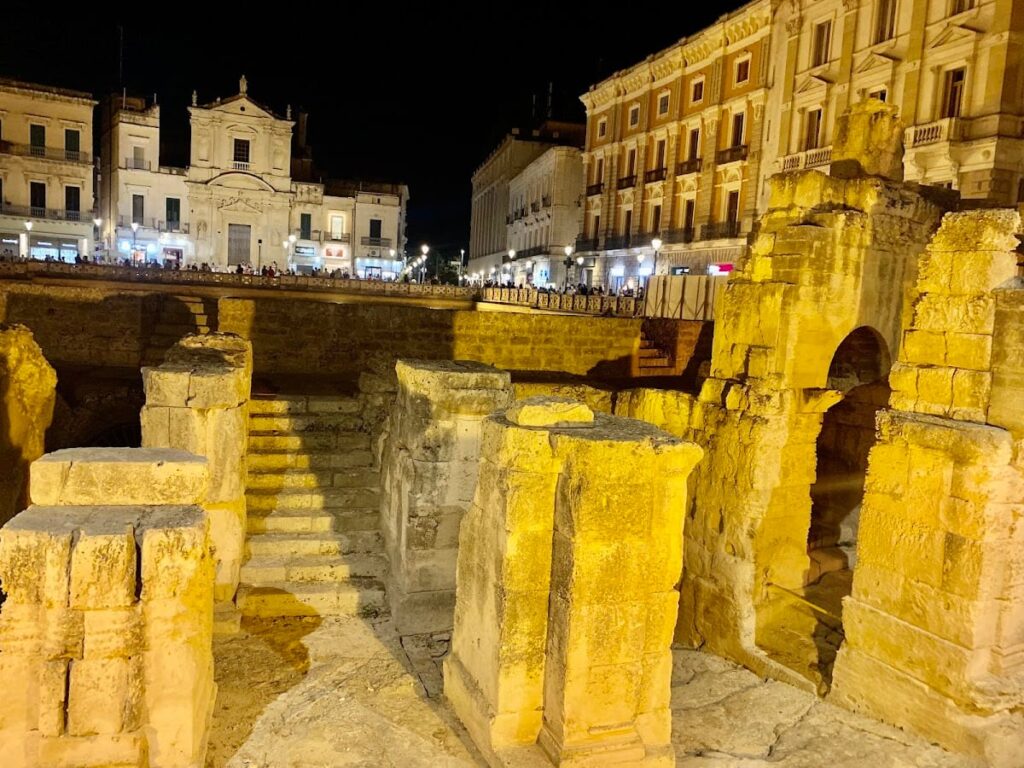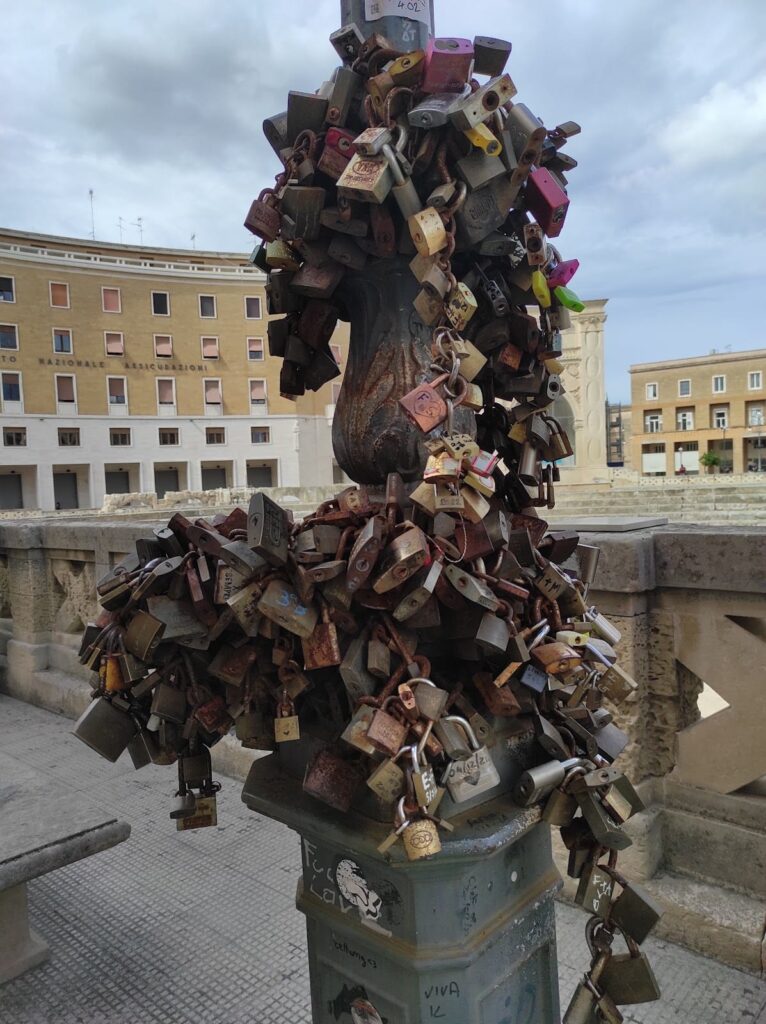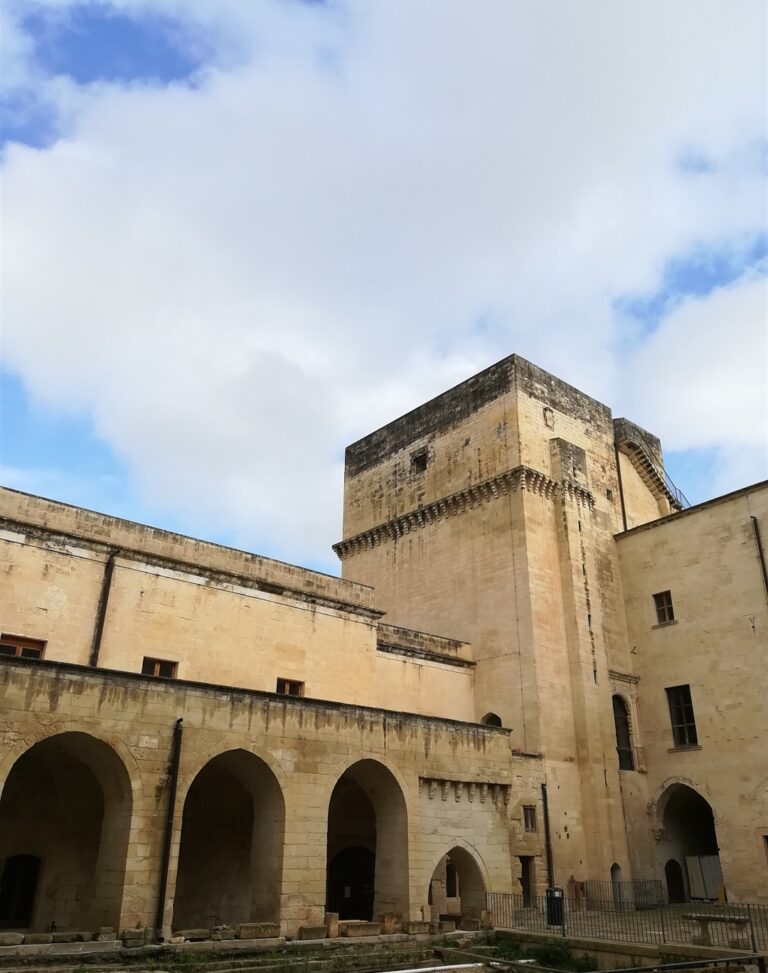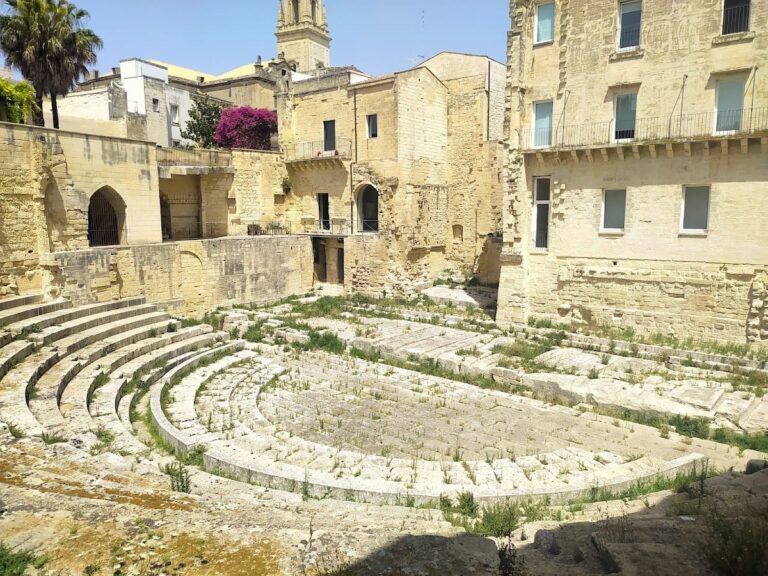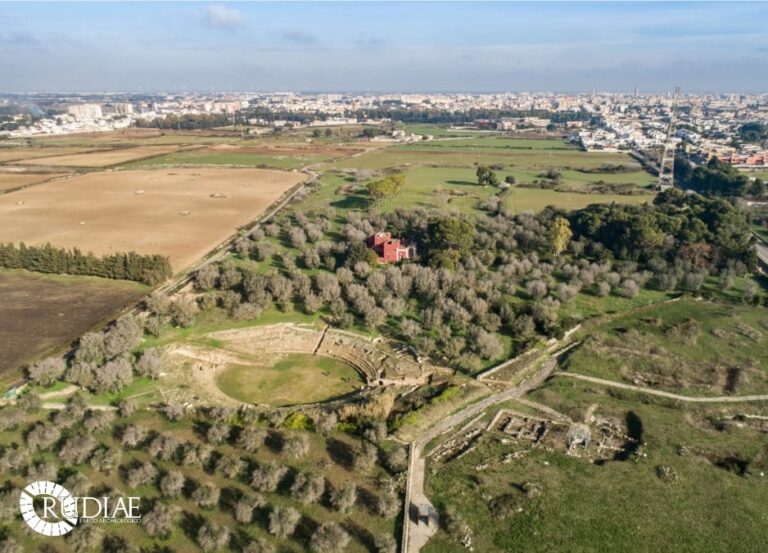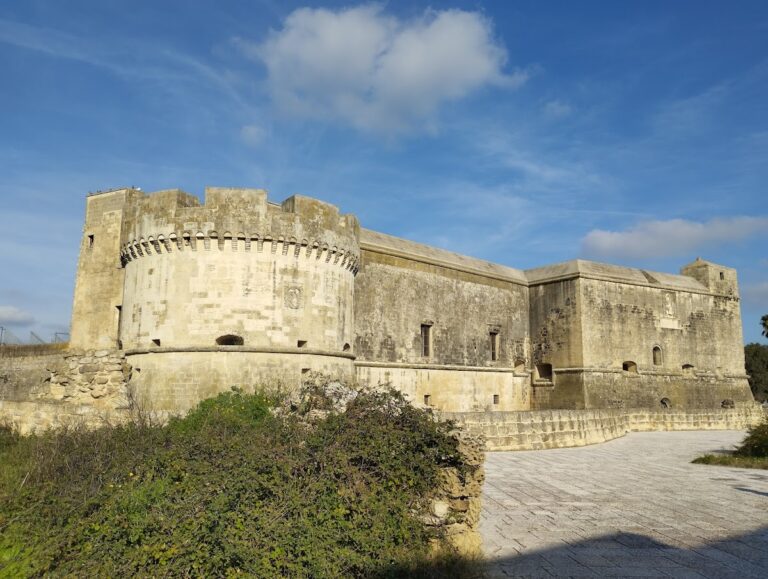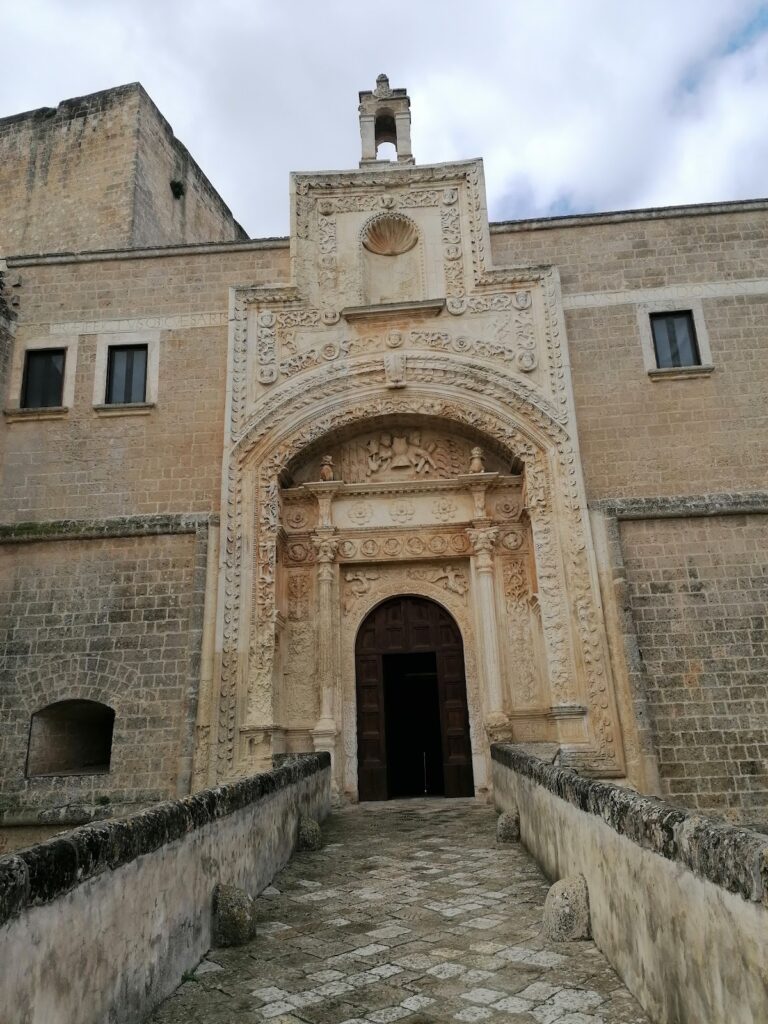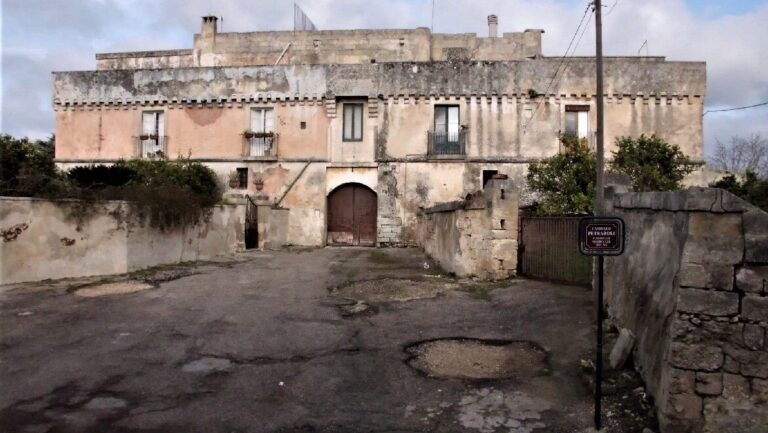Amphitheatre of Lecce: A Roman Entertainment Venue in Italy
Visitor Information
Google Rating: 4.6
Popularity: Medium
Google Maps: View on Google Maps
Official Website: musei.puglia.beniculturali.it
Country: Italy
Civilization: Roman
Remains: Entertainment
History
The Amphitheatre of Lecce is located in Piazza Sant’Oronzo in the city of Lecce, Italy. It was built during the Roman period, specifically in the early 1st century AD, when the city was known as Lupiae. The construction took place under the patronage of Octavian Augustus, after he became emperor. Some scholars, however, suggest the amphitheatre may have been built later, during the reigns of emperors Trajan or Hadrian, though this remains debated.
The amphitheatre was rediscovered in the early 20th century during construction work for the Bank of Italy building. Archaeological excavations began around 1900 under Cosimo De Giorgi and continued until 1940. These efforts uncovered about one-third of the original structure. Since 2019, the site has been managed by the Italian Ministry of Culture through the Puglia Museum Network.
Remains
The amphitheatre covers an elliptical area measuring approximately 102 by 83 meters externally, with the central arena about 53 by 34 meters. It could accommodate between 20,000 and 25,000 spectators. The structure was partly carved directly into the rock and partly built on squared stone arches.
Two main corridors ran around the amphitheatre: an internal passage beneath the seating area and an external portico supported by strong pillars. The seating area, known as the cavea, rested on a system of pillars and arches connected by vaulted ceilings, resembling the architectural style of the Colosseum in Rome and the Arena of Verona.
A high wall separated the arena from the seating, topped by a marble parapet called the podium. This podium was decorated with reliefs showing hunting and combat scenes involving men and animals such as bulls, bears, lions, boars, and elephants. Several passageways linked the arena to the central corridor, and a narrow corridor behind the arena served practical functions.
Today, only about one-third of the amphitheatre is visible above ground. The eastern section remains buried beneath later buildings and the Church of Santa Maria della Grazia, limiting excavation in that area. Archaeological finds include marble reliefs with hunting scenes and structural elements like pillars, vaults, and parts of the arena and seating. The amphitheatre continues to be used for theatrical performances.
